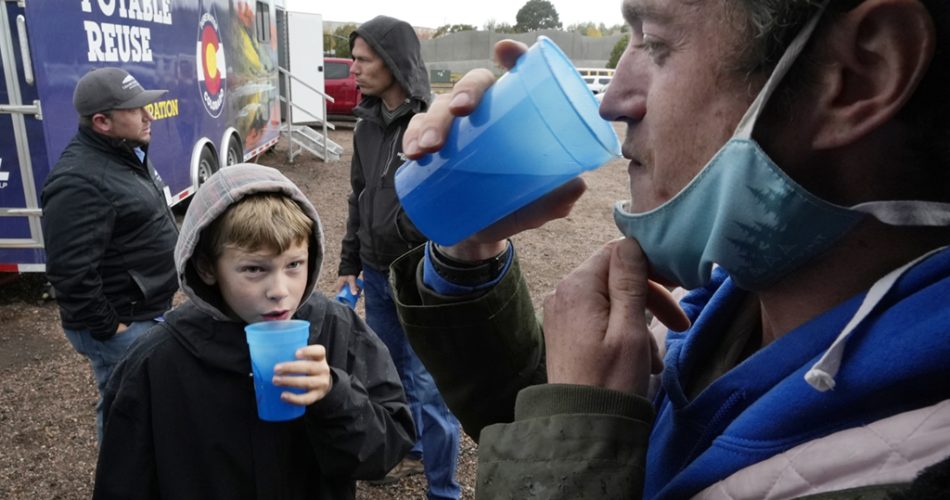More communities across the United States are considering recycling wastewater to use it as potable water
Plans to recycle wastewater for drinking in the Los Angeles area are moving forward just two decades after previous initiatives in the city provoked such a reaction that they had to be abandoned. The procedure, which must fulfill federal drinking water requirements, has been adopted in many locations across the country, including Orange County, which is close by.
As parched places struggle for ways to enhance water supply as their populations grow and climate change exacerbates droughts, views toward a concept of water from waste previously belittled are now changing. Other options that are gaining popularity include collecting stormwater runoff from streams and highways, as well as stripping seawater of salt and other minerals, which is still an uncommon and expensive process.
Though just around two dozen municipalities in the United States use recycled water for drinking, WateReuse, a company that helps cities embrace such conservation techniques, predicts that number will more than double in the next 15 years.
The sterilized water is normally mixed back into a lake, river, or other natural sources before being reused in most countries that use it, which helps some people accept the idea of drinking treated sewage.
According to the Metropolitan Water District, which serves 19 million people in Los Angeles and adjacent counties, the Southern California project would be the nation’s largest wastewater recycling program, providing enough water to supply 500,000 homes.
Over two dozen sites in Colorado are currently recycling water for non-drinking purposes, which is less expensive than cleaning it for drinking. Cities, on the other hand, may need to draw additional water from the Colorado River, which is already strained due to overuse.
Colorado Springs Utilities is holding a mobile exhibit that demonstrates how wastewater recycling works to familiarise citizens with the concept. Hundreds of people gathered up on an afternoon to learn about the carbon-based purification process and sample the results, which several people said tasted exactly like their regular supply of water.
To remove viruses and bacteria, wastewater is typically disinfected with ozone gas or UV light, then filtered through membranes with microscopic pores to remove sediments and trace impurities.
Locally, not all water can be recycled. Western cities are frequently compelled to return treated wastewater to its source so that it can be used by other communities that rely on the same body of water.
As a result, much of the country is already consuming recycled water in some form, simply by living downstream of others. It’s why, even if the water comes from a seemingly pristine river or lake, it’s subjected to rigorous sterilization.
Even areas with reliable water supply are exploring recycling their own wastewater, inspired by efforts in neighboring cities. After a poll in Boise, Idaho, revealed widespread support for the proposal, municipal officials began looking into ideas to recharge local groundwater with treated wastewater.
The Southern California project, which is still undergoing environmental review and awaiting funding, would also reduce the region’s reliance on imported water. The area is giving up some of its share of the Colorado River in return for funding from water authorities in Nevada and Arizona.
Officials stress that the idea is based on technology that has been successfully implemented in other countries, such as Israel and Singapore. After a separate Los Angeles wastewater treatment plant, which employs a different procedure to filter water for irrigation and industrial purposes, flooded and poured sewage into the ocean in July, the reassurances have become important.
Source usnews.com

